We all know that an active and established sourdough starter helps produce a good rise in sourdough loaves, but what about baking soda? Now there are some sourdough recipes that require the addition of baking soda, and in this article, we’ll talk about what happens when adding baking soda to sourdough bread. Here’s everything you need to know.
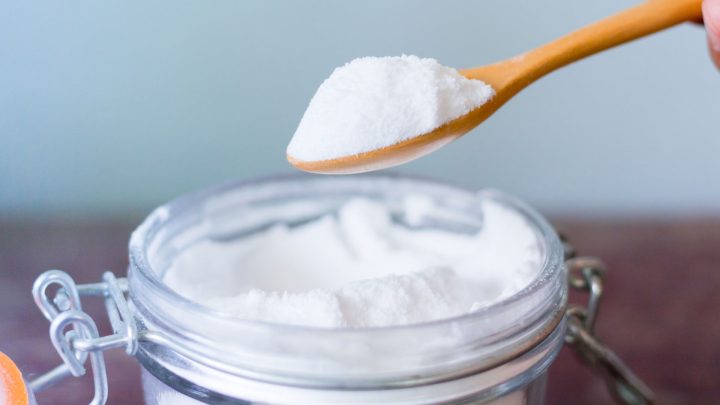
Table of Contents
- What is Baking Soda
- What Happens if You Add Baking Soda to Sourdough?
- How to Fix Dense Sourdough Bread?
- Adding Baking Soda to Sourdough Bread
- Adding Baking Soda to Sourdough Bread FAQs
What is Baking Soda
Baking soda or sodium bicarbonate is a natural chemical leavening agent specifically used for baked goods such as muffins, cookies, pancakes, quick bread, and more.
Baking soda works best when combined with an acidic ingredient and a liquid, upon which carbon dioxide is produced, which permits baked goods to rise, becoming light and fluffy.
What Happens if You Add Baking Soda to Sourdough?
Many sourdough recipes may require the addition of baking soda. The baking soda reacts with the sourdough starter producing a good rise and sweetening the dough by counteracting the acidic taste.
Simply add a small amount of baking soda to give your sourdough an extra boost. Adding baking soda to your starter will cause it to bubble immediately.
For a lighter loaf, add the baking soda to your sourdough bread dough to achieve perfectly baked homemade sourdough bread.
How Much Baking Soda Should I add to Sourdough Bread Recipe?
When it comes to adding baking soda to baked goods, it’s important to remember that a little goes a long way.
A ¼ teaspoon of baking soda to 1 cup of flour in a recipe should suffice.
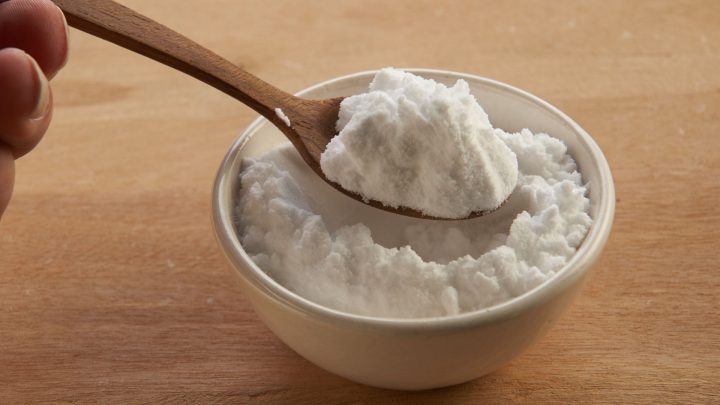
How to Fix Dense Sourdough Bread?
If you’re an avid sourdough baker you’re probably no stranger to the dreaded dense loaf. If you’ve had the unfortunate circumstance more than once, then here are some things to help manipulate the dough at different stage. These will help encourage a light and airy loaf.
Here are some tips to get you started:
Increase the Hydration Level of the Dough
For larger holes in your sourdough loaves, you need to adjust the water level in your sourdough recipe. The more water added to the sourdough recipe, the more wider the crumb will be. The only downside to this is that the dough is stickier than normal, thus pretty hard to handle.
To tackle this, try gradually increasing the water, or decreasing the amount of flour in your recipe.
Use Different Flour
The type of flour you use in your recipe will drastically impact the result of your final loaf. The gluten strands are what help strengthen the dough while the yeasts produce gasses in the dough.
For fluffy bread opt for strong white bread flour instead of whole wheat flour, however, you can also opt for low-gluten flours such as rye flour to get a good rise.
Use Sifted Flour
If you wish to stick with whole wheat flour, then try sifting some of the flour to eliminate a portion of the bran. The bran acts like sharp pins that prick the gluten strands, preventing them from holding the air up in the dough.
Soak the Flour
Soaking whole grain flour overnight before adding it to the dough mixture will soften the bran in the wheat, enabling it to become more flexible. This will ensure that it doesn’t affect the gluten as much.
Adding Baking Soda to Sourdough Bread
For extra rise and perfect fluffiness, add a small amount of baking soda to your sourdough bread recipes!
Adding Baking Soda to Sourdough Bread FAQs
How Much Baking Soda do I Put in Sourdough Bread?
Add a small amount of baking soda to your sourdough bread i.e., 1/8 to 1/4 teaspoon for that extra rise.
What Happens if You Add Baking Powder to Sourdough Bread?
Combining baking soda into the dough at the shaping stage will give your sourdough an extra boost, allowing it to become lighter and airier.
Does Baking Soda Make Sourdough Less Sour?
Yes. Baking soda neutralizes the sour flavor in sourdough bread.
What Does Adding Baking Soda to Bread do?
Baking soda increases the pH of the dough it is added to, creating a thickness as well as weakening the gluten. This helps create tender baked goods.

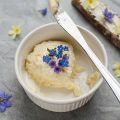
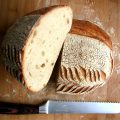
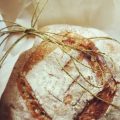
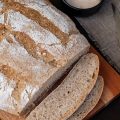
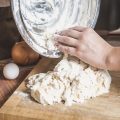
hello Natasha, I am making some english muffins and want a mild flavor, along with some nooks & crannies. Can I add the baking soda at the very beginning, when I add all the other ingredientes?